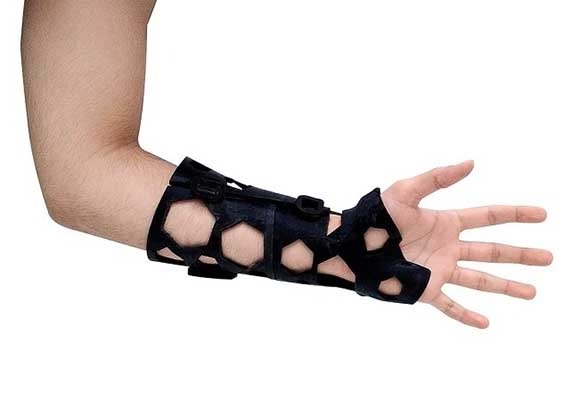Future Market Insights presents a revised forecast of relevant insights and global 3D printed medical devices market, titled “3D Printed Medical Devices Market”: Global Industry Analysis (2012-2016) and Opportunity Assessment (2017-2027). Global 3D Printed Medical Devices Market is expected to expand at CAGR of 18.1% during the forecast period 2017-2027. Increasing awareness of chronic diseases and increasing awareness about personal care are major factors which are increasing the market of 3D printed medical devices.
Ability to Increase Ability to Innovate in Global 3D Printed Medical Devices Market
With the increasing popularity of 3D printing, medical device makers are particularly focused on innovations. There is a substantial requirement for personalized yet affordable medical solutions through 3D printing. The complex features of integration such as hard and soft areas, solid and porous structures, multi-material and multi-color, which seemed difficult to apply to conventional manufacturing techniques, have been simplified through 3D printing. Patient-specific implants are being built on the basis of CT and MRI scans provided by the surgeon, resulting in overall surgical cost reduction. This has increased the popularity of 3D printed medical devices worldwide.
Global 3D Printed Medical Devices Market: Segmentation and Forecast
Global 3D Printed Medical Devices Market is broken on the basis of applications, technology, content type, end user and region. Depending on the application, the market has been divided into orthopedic implants, dental implants and cranio-maxillofacial implants. In the Orthopedic Implants Applications segment, high-revenue shares have been used in Global 3D printing devices. The estimation of the Orthopedic Transplant Segment in the App category of the global 3D printed Medical Devices market was approximately US $ 170 Mn in 2017 and slated to reach a valuation of approximately US $ 970 Mn in 2027, which displays the CRR of 19.2% is. During the assessment period.
Depending on the type of material, 3D printed medical devices are divided into metals and alloys in the market, biometric inks and plastics. The biometric ink segment estimated to be approximately US $ 65 Mn in 2017, and estimated to reach an estimated US $ 400 Mn evaluation in 2027, showing 20% CAGR during the forecast.
Based on the end user, 3D printed medical devices market has been divided into hospitals, ambulatory surgical centers and diagnostic centers. Compared to other distribution channel segments such as ambulatory surgical centers and diagnostic centers, for high demand of 3D printing devices, the hospital and user segment has recorded 18.7% CAGR in the forecast period.
Global 3D Printed Medical Devices Market: Regional Forecast
Based on the region, the market of global 3D printed medical devices has been discarded in North America, Latin America, Western Europe, Eastern Europe, Asia Pacific, excluding Japan, Japan and the Middle East and Africa. Revenues in Western Europe are expected to grow by 18.6% from the CAGR, while Eastern Europe is expected to grow by 15.5% during the forecast period. Western Europe 3D printed medical equipment market estimation was estimated at approximately US $ 65 Mn in 2017 and was slated to reach a price of approximately US $ 360 Mn in 2027. The price of the market of Eastern Europe’s 3D medical devices was estimated at approximately US $ 40 Mn in 2017 and the value of US $ 160 Mn in 2027.
Global 3D Printed Medical Devices Market: Competitive Landscape
Some of the players in the global 3D printed medical devices market include 3D Systems, Inc., ARCM AB, Strataceus Limited, Fabrex Limited, EOS Gmb Electro Optical Systems, EnvironmentTEC, Syfews Biomedical KK. And among others, Incalab, Inc. Key players are focusing on strengthening their position by setting up new facilities in the North American region. In addition, companies are targeting Asia-Pacific region and Europe by distribution agreements with local players. In order to increase their revenues, major players in the North American region are compromising with hospitals and academic institutions.
Visit for More Information: www.futuremarketinsights.com















